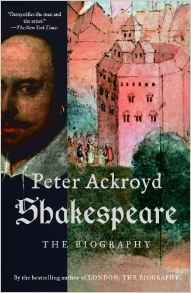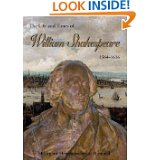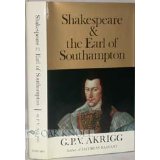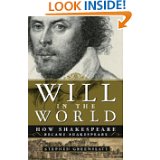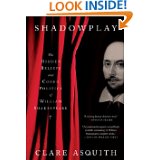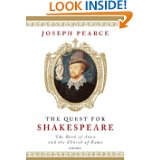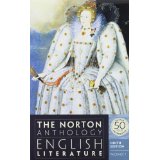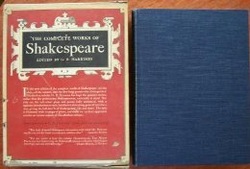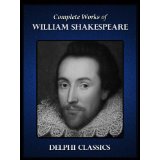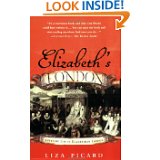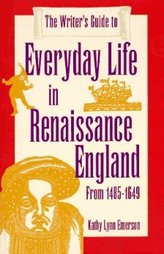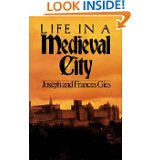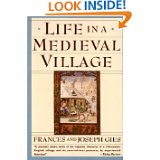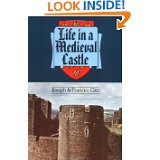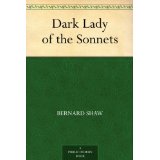Thank You to the Researchers Who Have Put Together Sources that are both Fascinating and Thorough!
Many of these books I've picked up over the years to fulfill an interest I have in Elizabethan Life. When I began dramatizing what I'd discovered, this list is my primary resource materials that have provided me with fresh information time and time again. Anyone interesting in this subject will find them worthwhile reads! I've pulled many of the photos from Amazon - the links aren't live but you can do a quick search there or on another book vendor to get copies.
